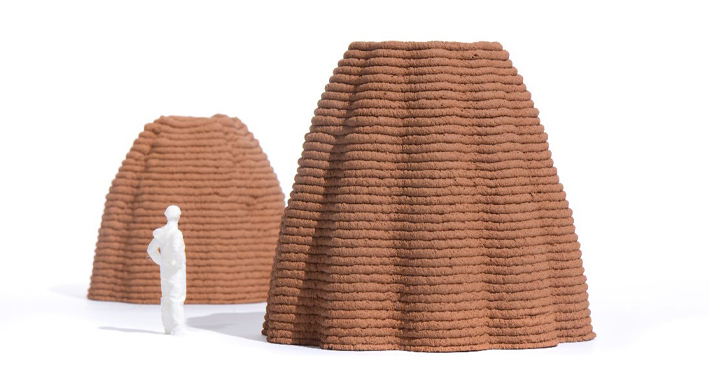
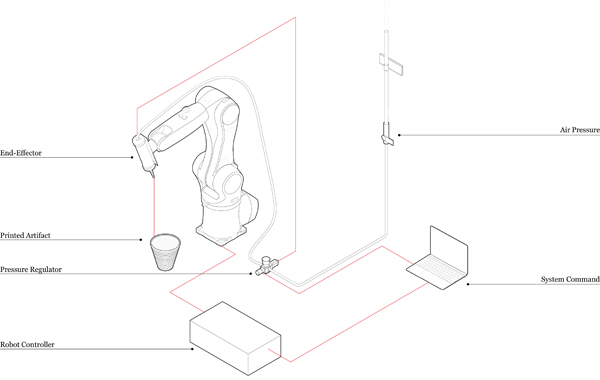
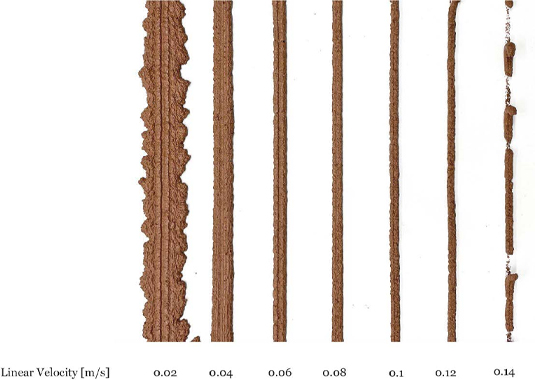
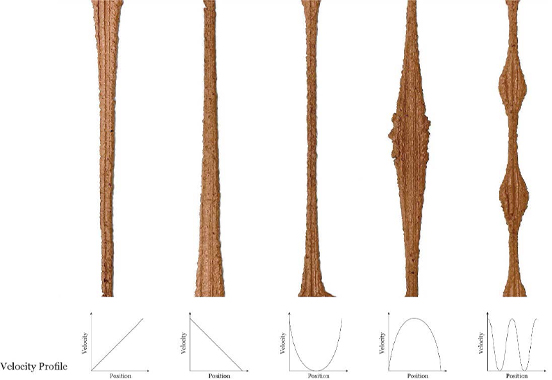
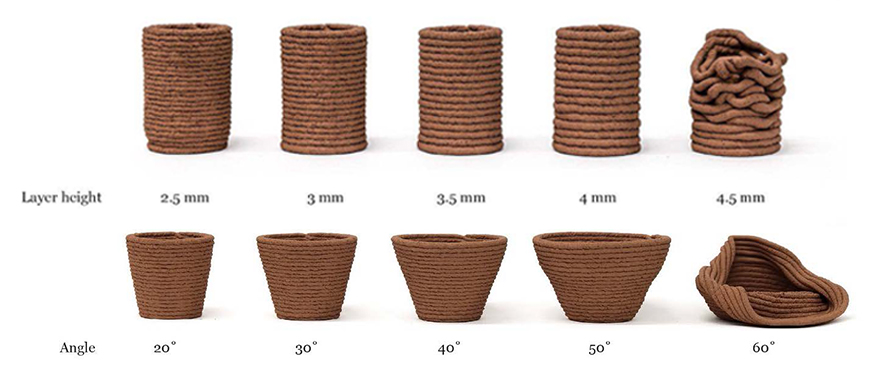

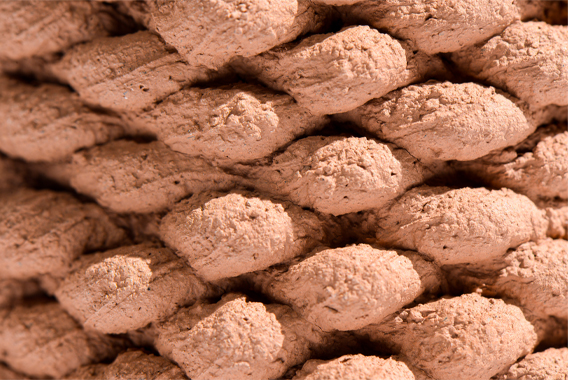
Earth construction, rooted in millennia-old traditions, offers economic, sustainable, and cultural benefits, yet it has been marginalized in modern architecture. However, with the emergence of computational architecture, there’s potential for a revival. Extrusion-based Additive Manufacturing (AM) presents a disruptive technology, enabling layer-by-layer construction without formwork. While current research focuses on cementitious materials, there’s a shift towards employing earth in AM processes, marrying tradition with innovation to streamline construction while preserving environmental advantages. Yet, challenges persist, necessitating integration of tooling, material, and computational design. This study explores parameters for robotically controlled extrusion-based AM using locally sourced soil, offering insights into material adaptation, tooling selection, and printing tests. By marrying traditional wisdom with cutting-edge technology, this research lays the groundwork for ‘Computational Extrusion for Earth Construction,’ aiming to redefine architectural practice with sustainability at its core.
Asaf, Ofer, Arnon Bentur, Pavel Larianovsky, and Aaron Sprecher. “From soil to printed structures: A systematic approach to designing clay-based materials for 3D printing in construction and architecture.” Construction and Building Materials 408 (2023): 133783. https://doi.org/10.1016/j.conbuildmat.2023.133783
Mogra, Mihir, Ofer Asaf, Aaron Sprecher, and Oded Amir. “Design optimization of 3D printed concrete elements considering buildability.” Engineering Structures 294 (2023): 116735. https://doi.org/10.1016/j.engstruct.2023.116735
Asaf, Ofer, Arnon Bentur, Tamir Klein, and Aaron Sprecher. “3D Printed Soil-based Bioclimatic Envelopes for Tree Seedlings in Drylands.” In I. Koh, D. Reinhardt, M. Mohammed, M. Khakhar, & N. Bao (Eds.), 28th International Conference of the Association for Computer-Aided Architectural Design Research in Asia (2023), pp. 585–595. https://doi.org/10.52842/conf.caadria.2023.2.583